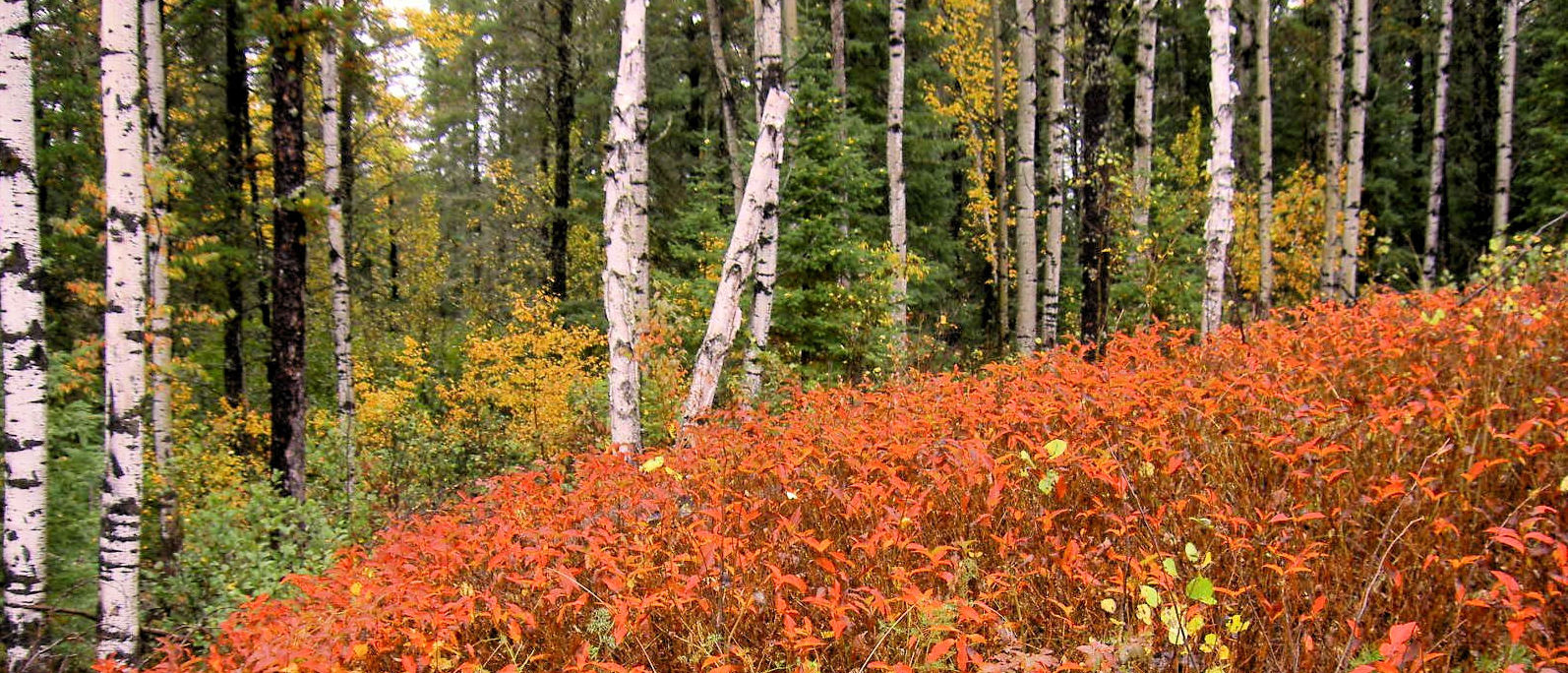
Leaving Heron Bay (named, by the way, after Frank Heron, a half-breed trapper who had his hunting shack here in the olden days), we wind about the lake shore to Peninsula, abbreviated from “Peninsula Harbor”. North, east and south the harbor is well protected, but with a wind from southwest I should think it would be very imprudent for vessels to be caught at the docks.(1)

This summer Peninsula was a very busy place, for in addition to being a receiving point of coal by water, there is a large number of men working at a cut-off for the line upon which the Canadian Pacific Railway are spending over half a million dollars.
Two ocean-looking vessels were at the dock discharging coal. In size they appeared any tonnage from four to six thousand, and with the modern appliances in use the cargo was coming out in a black stream.(2)

Just immediately west of Peninsula begin the Canadian Pacific Company’s show places, the grandest and most wonderful engineering works east of the Rockies. The line runs to the bottom of the bay, and after crossing a long trestle climbs the western side of the bay to a high promontory many feet above the lake waters and immediately opposite Peninsula. Here the first tunnel occurs, being succeeded by several others. I have not the figures of the length of this tunnel, but to one sitting in the train it appears an interminable length of time before coming out into daylight.(3)


For several miles we run in and out of lesser tunnels, through rock cuts, alongside of the very lake where the roadway was sliced down off the living mountain, one side of the car being in darkness, while from the windows at the other side one could drop a stone into water a hundred feet deep.
To Schreiber from Peninsula is fifty-five miles, and it is between these places that the most awe-inspiring portion of the the Lake Superior Division occurs.

Going east most of the high elevations are passed on the down grade, some parts being so steep as 25 to 30 gradient, and when the train swishes around one of the capes and begins to shoot down those hair-raising slopes one is apt to drop out an “Ave Marie”.
Schreiber is nicely situated high up and over-looking the lake, and is one of the divisional points of the system, and is a go-ahead, prosperous place.

One of the most delightfully situated new places we pass is the fishing village of Rossport, fourteen miles west of Schreiber. A beautiful bay runs in from the lake, dotted with islands, with deep water all about and forming at the dock a safe harbor for the fishing boats.
Fire has not touched this part of the country, islands and shore being clothed with green trees and moss of varied colors and shades.
This beautiful spot being only about a hundred miles from Port Arthur, will no doubt in the future become a summer resort for the wealthy people of that rapidly growing city.
After rising the next elevation from Rossport, we found the country on fire in several places, evidently newly started, but in some parts dangerously near the line. The sectionmen were everywhere on the alert, but with a high wind the flames would very soon get beyond their control.(4)

The next place with a name from Rossport west in “Pays Plat”. It is well named, for not only is the land about flat, but the water also. Clayey, shallow water runs out a considerable distance from the land, and the shore itself is of a sandy clay formation, covered with dead trees of various kinds.
We pass by a few other flag stations and arrive at Nipigon very close to the schedule time. This is my objective point, and here I debark and repair to mine hotel. Of Nipigon, its people and its conditions i will write in my next and last article on this trip.
END NOTES
1 The author, T.A. Reynolds, is actually describing Jackfish, 45 miles west of Peninsula (later renamed Marathon). A history website gives this information: “Besides the dock there was a warehouse, and soon a railroad station went up at Peninsula. Houses sprang up among the hosts of tents where the business part of Marathon now is. A hotel was erected.” Credit Marathon & District Historical Society and Museum – HISTORY INFO .
2 “. . . Steam engines required regular stopovers for water and coal. It certainly didn’t escape the CPR’s notice that Jackfish had an extremely deep, and well sheltered, natural harbour. As a result, the railway chose Jackfish as for their coaling centre . . . The coal arrived in freighters from Pittsburgh in loads of 600 to 11,000 tons from April to November.” Credit Jackfish History – ghosttownpix.com .
3 The most dramatic timber trestle west of Peninsula (Marathon) was the Red Sucker Trestle. In 1883-5, timber was free from the forest and labour was cheap. Later, this 110-foot-high structure was replaced with rocks. Contrary to the description by T.A. Reynolds, this trestle was located many miles west of Jackfish. The most dramatic of the three tunnels west of Peninsula was the Jackfish Tunnel. Located just west of Jackfish village, this structure and its approach from the east around Tunnel Bay cost $700,000 in 1885 dollars.
4 “In the early 1900s, railway fires were frequently ignited by chimney sparks from wood- and coal-burning locomotives, or by live coals dumped hot onto the railroads . . . Railway fire ignition was compounded by slash buildup along the rights-of-way, left over from railroad construction and allowed to collect for years.” Credit article “A History of Railway Fires in Ontario Forests”, PDF by Mary R. Grunstra & David L. Martell, 2014.
(Conclusion of No. 5 series)


